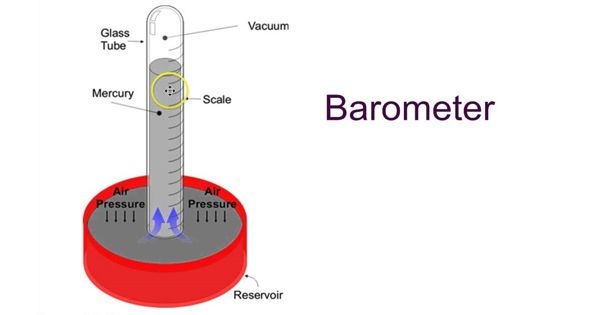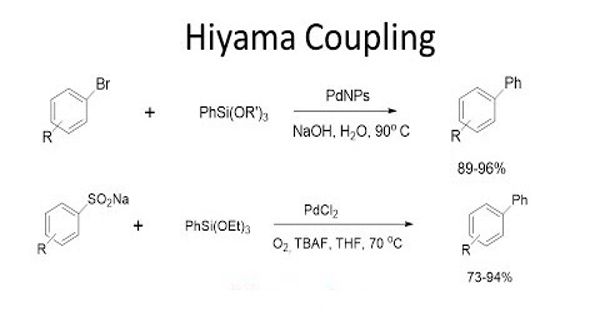A barometer is a scientific instrument that is used to measure air pressure in a certain environment. It is a widely used weather instrument that measures atmospheric pressure – the weight of the air in the atmosphere. The atmosphere is the layers of air wrapped around the Earth. That air has a weight and presses against everything it touches as gravity pulls it to Earth. Pressure tendency can forecast short term changes in the weather. Barometer measures this pressure. It is one of the basic sensors included in weather stations.
The barometer is an instrument for determining the pressure of the atmosphere and hence for assisting in forecasting weather and for determining altitude.
Many measurements of air pressure are used within surface weather analysis to help find surface troughs, pressure systems, and frontal boundaries. Atmospheric pressure is an indicator of weather. Because atmospheric pressure changes with distance above or below sea level, a barometer can also be used to measure altitude. There are two types: a mercurial barometer which uses mercury, and an aneroid barometer that uses a balloon that expands or contracts when the atmospheric pressure changes.
Barometers and pressure altimeters (the most basic and common type of altimeter) are essentially the same instrument but used for different purposes. Changes in the atmosphere, including changes in air pressure, affect the weather. An altimeter is intended to be used at different levels matching the corresponding atmospheric pressure to the altitude, while a barometer is kept at the same level and measures subtle pressure changes caused by weather and elements of weather. Meteorologists use barometers to predict short-term changes in the weather.

The barometer works by balancing the weight of mercury in the glass tube against the atmospheric pressure, much like a set of scales. Atmospheric pressure is basically the weight of air in the atmosphere above the reservoir, so the level of mercury continues to change until the weight of mercury in the glass tube is exactly equal to the weight of air above the reservoir.
A rapid drop in atmospheric pressure means that a low-pressure system is arriving. Low pressure means that there isn’t enough force, or pressure, to push clouds or storms away. Low-pressure systems are associated with cloudy, rainy, or windy weather. A rapid increase in atmospheric pressure pushes that cloudy and rainy weather out, clearing the skies and bringing in cool, dry air.
A barometer measures atmospheric pressure in units of measurement called atmospheres or bars. The average atmospheric pressure on the earth’s surface varies between 940 and 1040 hPa (mbar). An atmosphere (atm) is a unit of measurement equal to the average air pressure at sea level at a temperature of 15 degrees Celsius (59 degrees Fahrenheit). The average atmospheric pressure at sea level is 1013 hPa (mbar).
Information Source:
















